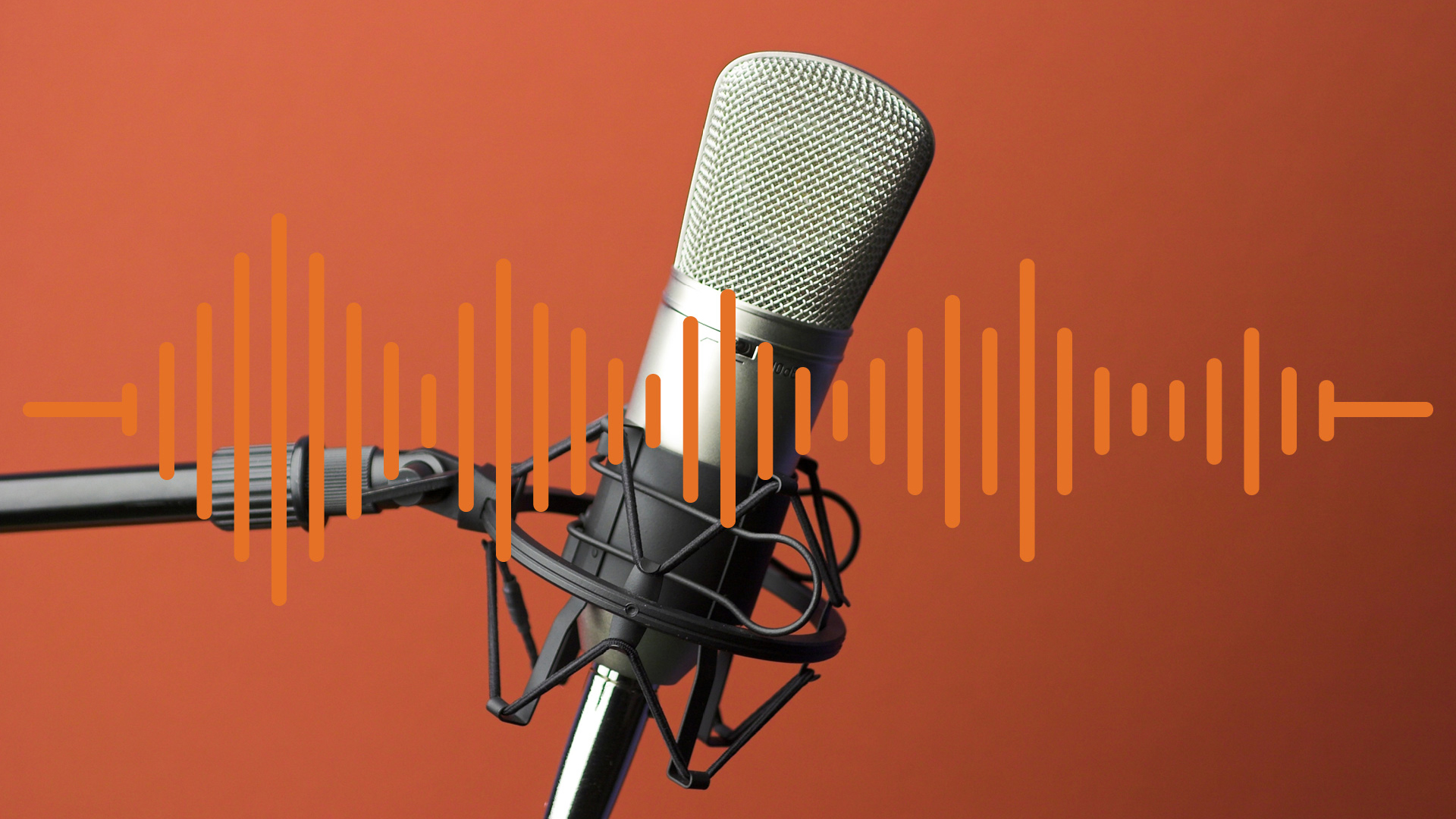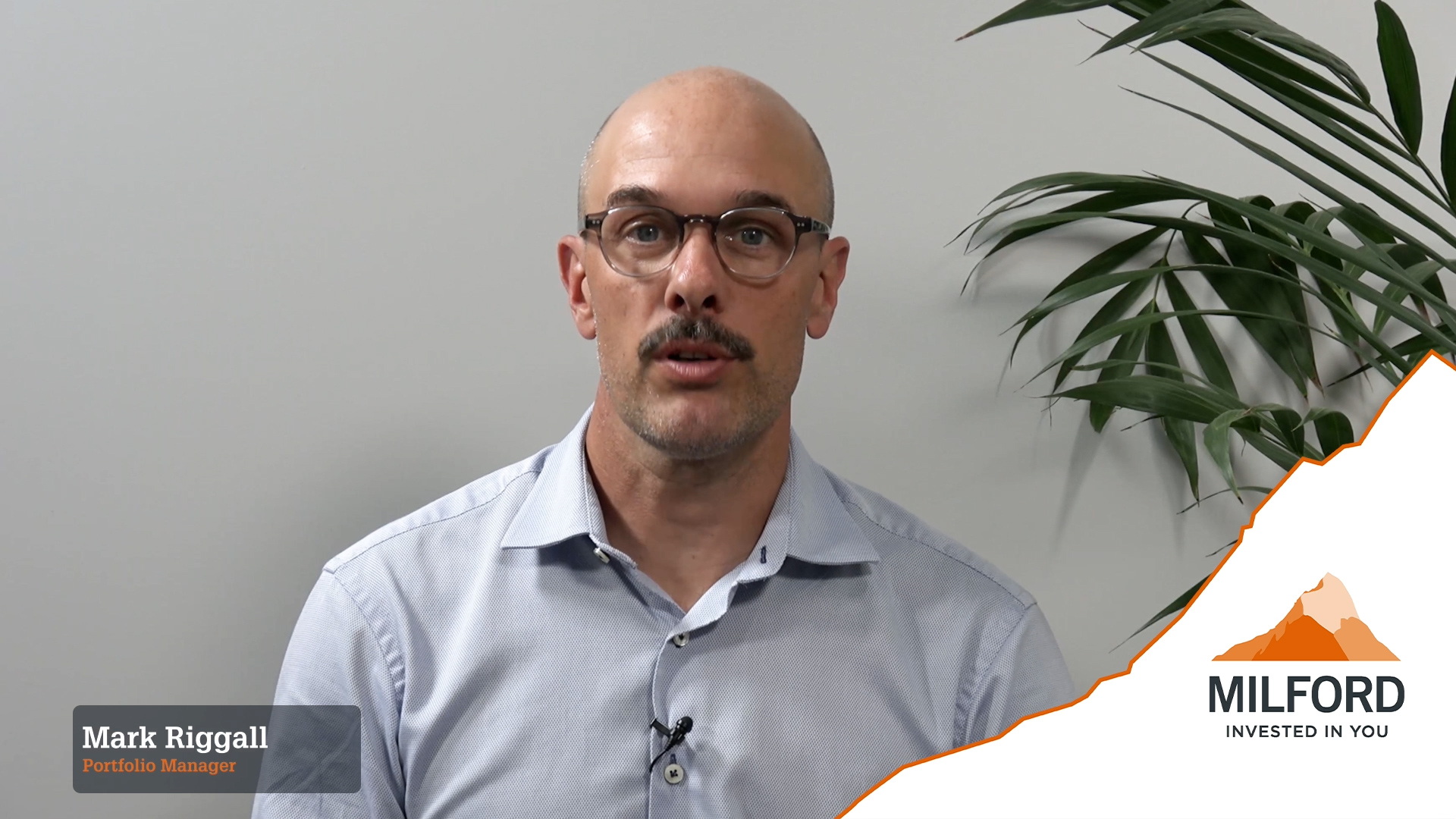


AI vs the rest – October saw broadly positive returns from Milford funds as global share markets extended their positive run.

French company Legrand is one of the world’s largest suppliers of low-voltage electrical equipment and data centre infrastructure.


Read more here